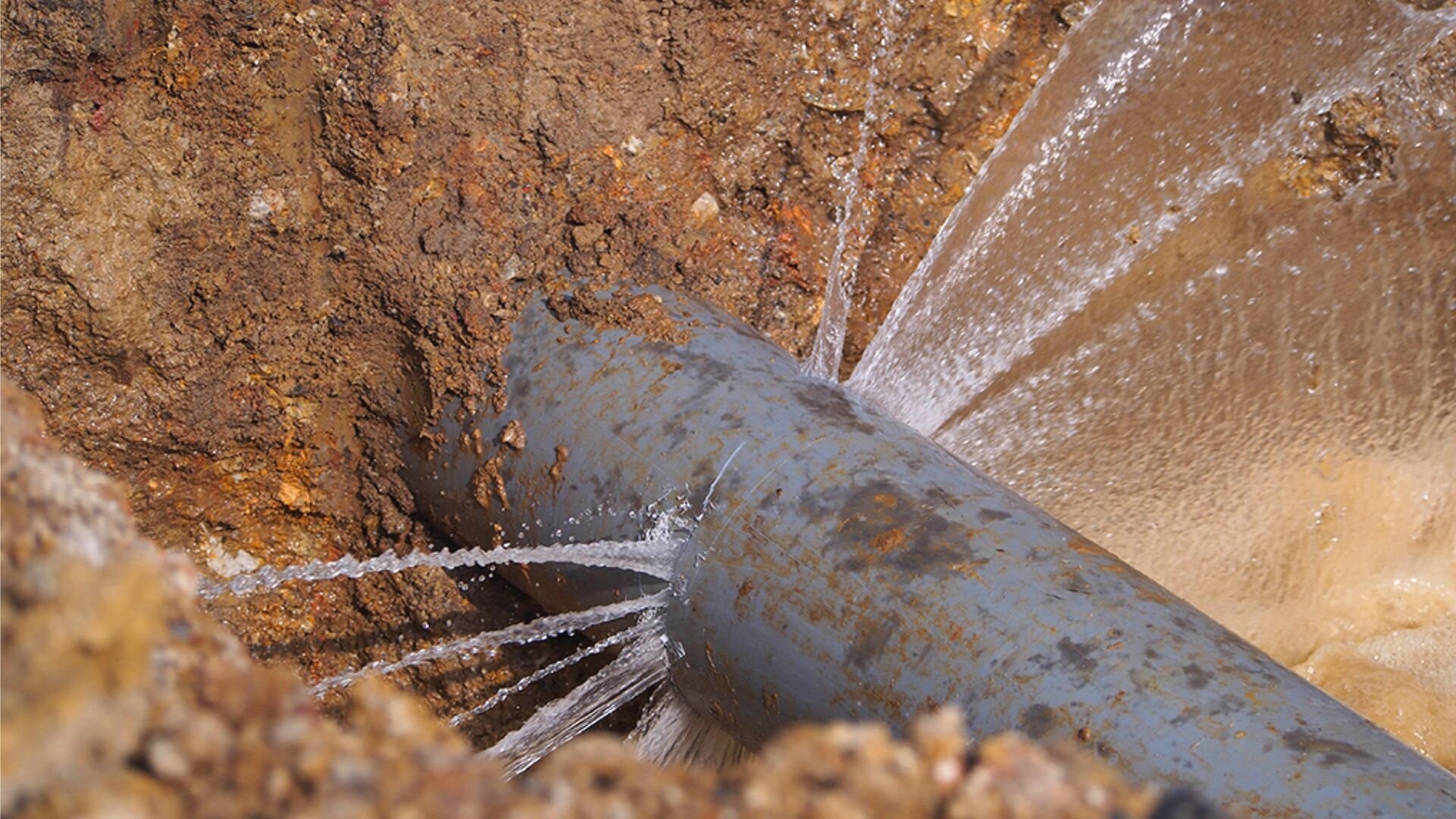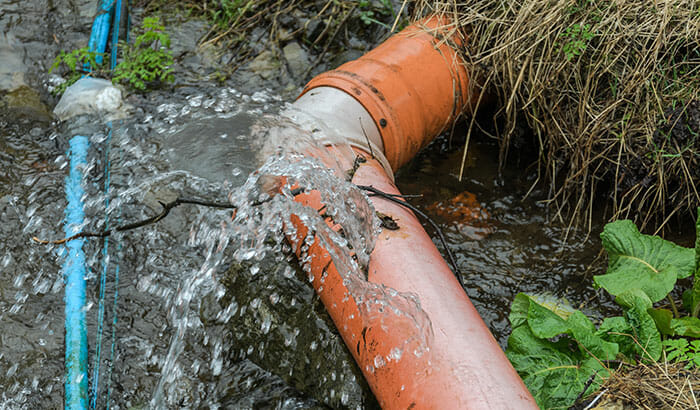Emergency Burst Pipe Services: Fast Response to Avoid Extensive Damage
Emergency Burst Pipe Services: Fast Response to Avoid Extensive Damage
Blog Article
Stopping Burst Water Lines: Necessary Tips to Safeguard Your Pipes
Stopping burst pipelines is an important problem for home owners, especially throughout colder months when the risk of cold is heightened. Implementing critical measures such as correct insulation, routine inspections, and keeping regular indoor temperature levels can substantially lower the likelihood of pipeline failing.
Understand Pipe Vulnerabilities
Comprehending pipeline susceptabilities is important for efficient plumbing upkeep and stopping costly damages. Several elements add to the sensitivity of pipelines to bursts, consisting of material composition, age, and environmental problems. Older pipelines, especially those made from galvanized steel or polybutylene, typically deteriorate with time, resulting in raised risk of leakages and tears.
Temperature level variations can also substantially impact pipe honesty. In chillier environments, water caught in pipelines can freeze, exerting and increasing pressure on the pipe wall surfaces, which may eventually bring about a burst. High water pressure can stress pipelines, particularly at bends and joints, heightening the probability of failure.

Insulate Pipes Appropriately
Correct insulation of pipes is vital for preventing cold and succeeding bursts during cool weather (burst pipe). Protecting your pipes system efficiently safeguards against temperature goes down that can bring about costly damages. Begin by recognizing prone locations where pipes are subjected to exterior temperature levels, such as basements, attic rooms, and outside walls
Use foam pipeline insulation sleeves or wrap insulation tape around these areas to supply a protective obstacle. Make certain that all sections of the pipelines, particularly those with limited warmth exposure, obtain ample insulation. Pay special interest to joints and fittings, as these are much more vulnerable to cold.
When insulating, it's necessary to select materials that fulfill regional building codes and are appropriate for the details setting. Fiberglass insulation is commonly suggested for its thermal resistance homes. Furthermore, take into consideration utilizing heat cable televisions or tape in extreme conditions, which can be connected in to supply supplemental warm
Regularly examine insulated pipes for any signs of wear or damage, as jeopardized insulation can decrease its efficiency. By taking these proactive actions, you substantially reduce the danger of pipeline ruptureds, making certain a reputable plumbing system throughout the cold weather.
Maintain Consistent Temperature
A stable indoor temperature is important for avoiding burst pipes throughout the freezing months. When temperature levels drop, water within pipes can freeze, increasing and creating pressure that may inevitably cause the pipes to burst. To reduce this threat, property owners need to keep a regular temperature throughout their living space, ideally no lower than 55 ° F(13 ° C)Utilizing a programmable thermostat can assist manage indoor temperatures efficiently, making sure that areas with pipes remain warm also when the home is vacant. Pay unique interest to locations that are extra prone to cold, such as garages, cellars, and attics. Keeping closet doors open under sinks can also enable warmer air from the home to flow around pipes.
Additionally, it is sensible to allow taps to trickle a little during severe cold snaps. This small circulation of water can prevent cold by easing stress within the pipes. During specifically extreme weather events, consider momentarily putting on hold any nighttime original site troubles on your thermostat to maintain a steady cozy environment. By executing these techniques, home owners can dramatically lower the danger of pipe ruptureds and secure their pipes systems against the severe winter months elements.
Frequently Inspect Plumbing
Routine assessments of pipes systems are essential for avoiding burst pipes and preserving general home stability. During these inspections, it is necessary to analyze noticeable pipes for signs advice of rust, leaks, or wear.
Furthermore, evaluating links and joints is crucial, as these points are usually susceptible to leaks. House owners should also examine water pressure degrees, as extreme stress can strain the pipes system and enhance the risk of pipeline ruptureds.
Consider organizing professional plumbing assessments at the very least when a year, especially prior to winter months, to guarantee your system is planned for chillier temperature levels. Regular inspections not only aid in identifying instant issues but additionally foster long-term maintenance approaches that can boost the lifespan of your pipes system. By being positive in your strategy, you can protect your home against the expensive and turbulent consequences of burst pipelines. Prioritizing plumbing assessments is a financial investment in your home's health and wellness.
Know Emergency Procedures
Understanding emergency procedures is vital for every homeowner, especially after conducting normal pipes evaluations. Being prepared for a plumbing emergency situation can dramatically minimize damage and conserve costs.
Following, maintain essential tools useful. A pipes emergency set should include a wrench, plunger, and towels, along with a flashlight and a container for tiny leakages. Furthermore, consider having the get in touch with info for a trusted plumber easily available, should the circumstance rise beyond your control.
If you detect a leakage or burst pipe, right away switch off the supply of water and notify your plumbing professional. Document the damages with pictures for insurance coverage objectives. Understand the signs of potential plumbing concerns, such as uncommon water stress changes or damp areas on walls
Inevitably, proactive expertise and swift action are critical in handling pipes emergency situations, guaranteeing your home continues to be protected and lessening possible damages.

Conclusion
To conclude, avoiding burst pipes necessitates a complex approach that includes understanding pipe vulnerabilities, correct insulation, keeping regular interior temperatures, regular examinations, and understanding of emergency situation his comment is here procedures. By implementing these crucial methods, the risk of plumbing failures can be significantly decreased, thus making certain the longevity and performance of the pipes system. Aggressive measures not only safeguard against potential damages but also add to general water preservation and the security of building.
In cooler climates, water entraped in pipelines can freeze, increasing and exerting stress on the pipeline walls, which may ultimately lead to a ruptured. When temperatures decrease, water within pipes can ice up, producing and expanding pressure that may ultimately cause the pipes to ruptured. By applying these methods, property owners can substantially decrease the risk of pipeline ruptureds and protect their plumbing systems versus the harsh winter months components.

Report this page